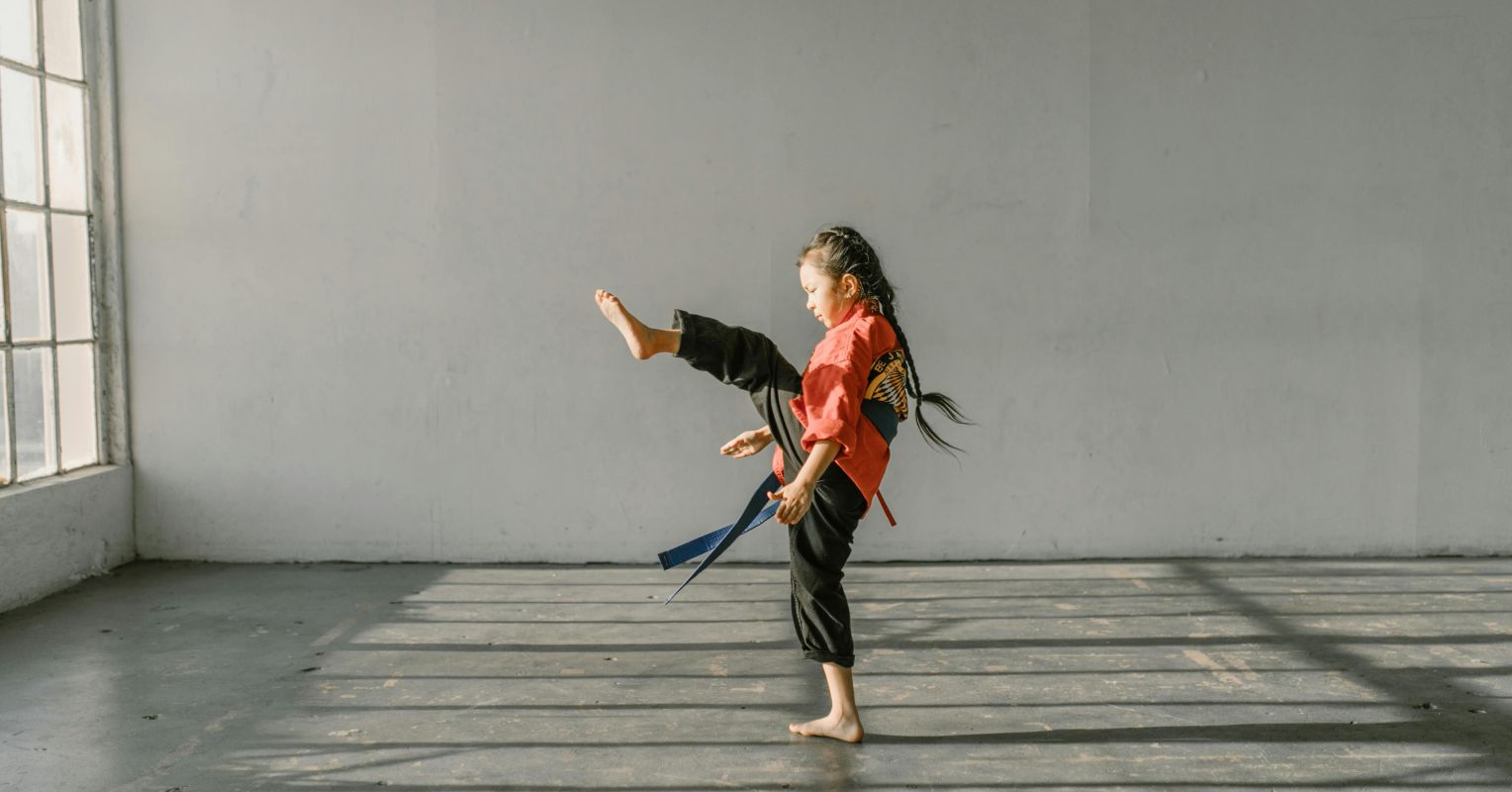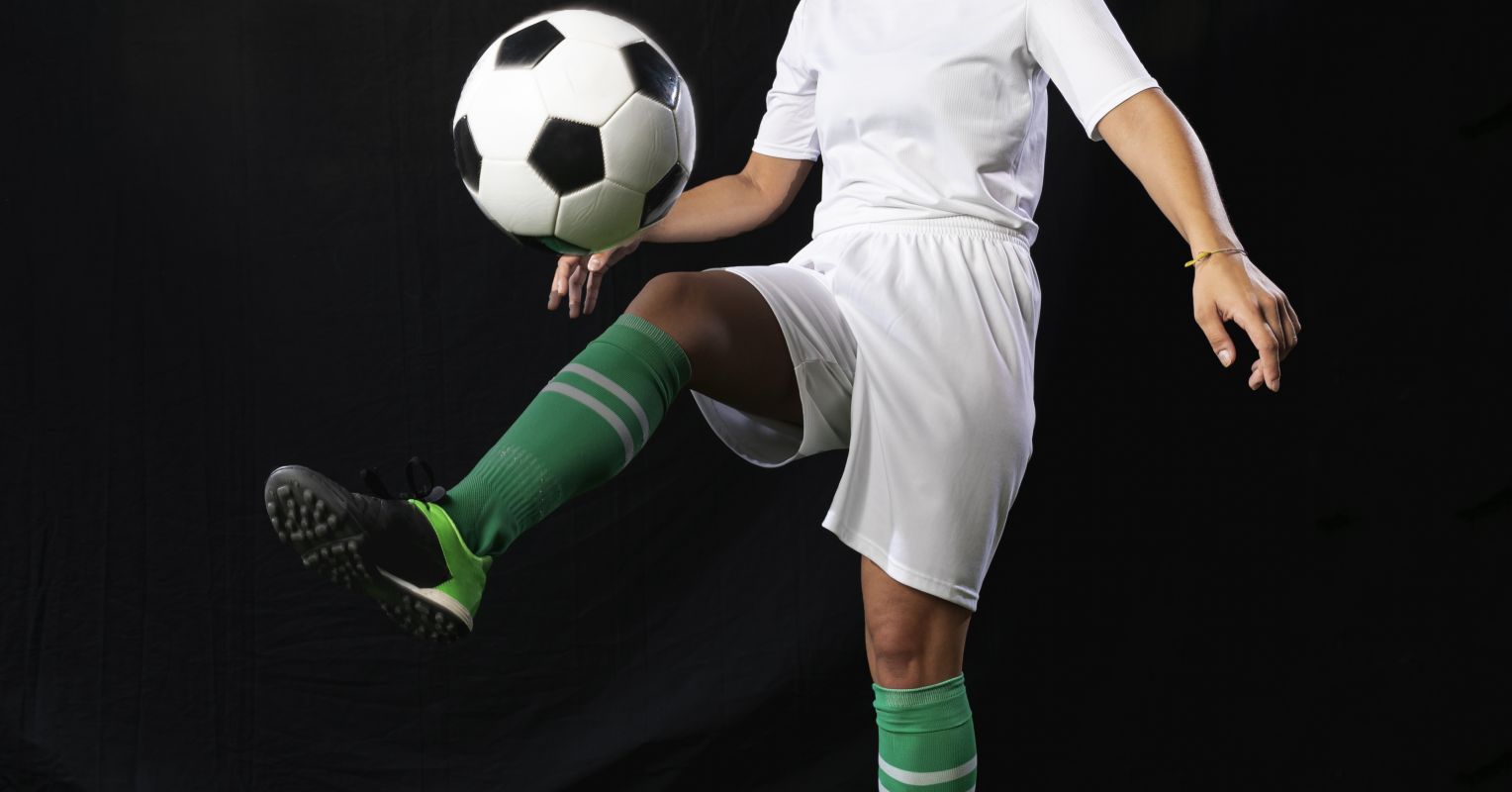Once upon a time, the idea of kids on the Autism Spectrum training in martial arts seemed a contradictory idea. I remember vividly a parent bringing her kids to one of my martial arts classes years ago in the hope that what and how I was teaching might help with some of the social impairments, sensory processing, and repetitive behavior patterns that they were experiencing. Especially, she was concerned about some of the issues that were emerging at school with lashing out physically. Although there was almost nothing in the research literature on this, I was quite hopeful I could help. Experimental evidence supporting this to be the case continues to accumulate and was recently summarized by researchers in China and Poland.
Movement is on a spectrum too
YanAn Wang, Guoping Qian, Sujie Mao and Shikun Zhang from Nanjing and Harbin in China and Gdansk, Poland conducted an extensive review and analysis of data in published studies in their paper “The impact of physical exercise interventions on social, behavioral, and motor skills in children with autism: a systematic review and meta-analysis of randomized controlled trials” in Frontiers in Pediatrics. This effort focused on research studies on many types of physical activity, not only martial arts, and provides a good summary of the overall importance of movement activities for kids on the Autism spectrum. These researchers examined data that included research studies on boys and girls with average group ages of 5 to 15 years and physical activities ranging from general movement to stationary cycling, ball sports, and martial arts.
Many benefits for behavior across all ages
Physical activity had positive effects on various domains across all ages with some differences. Older kids showed significant improvement in flexibility and cognitive control, younger kids had significant improvement in motor skills and coordination, and there were significant enhancements in social skills in preschoolers.
Quite importantly, “behavioral problems improved significantly across all age groups” while “Martial arts and ball games were particularly effective in enhancing these domains”. The overall conclusion is that “exercise interventions significantly improve flexibility, cognitive control, motor skills, coordination, social skills, and behavioral problems” in kids on the autism spectrum. Further, these researchers suggest that we must think of “exercise interventions as an effective method to enhance multiple abilities in children with ASD and emphasize the importance of designing personalized intervention programs tailored to different ages and needs”.
Martial arts for neurodiversity
Previously, I’ve talked about the benefits of martial arts in helping kids on the autism spectrum with stereotyped behaviors and communication by emphasizing holistic and integrated approaches to mindful movement that may influence sensorimotor interactions. My earlier posts were typically based on results from individual research efforts. I really found this recent summary to be a quite compelling overview of trends in the literature on the benefits of martial arts.
When I came across this research, it brought me back to that time almost 15 years ago with those 2 kids in my karate class. The training really did help them and it really helped me too. While I was guiding them through martial movement, they taught me a lot about adopting different perspectives and how to be creative in my teaching.
(c) E. Paul Zehr (2025)




